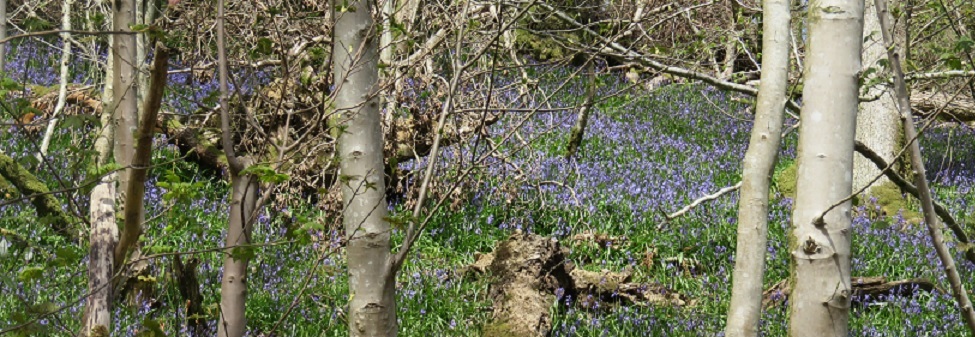
Is it just me thinking this, or are flowers getting earlier? Phenology is the study of seasonal changes in plants and animals from year to year, such as flowering of plants, emergence of insects and migration of birds, especially their timing and relationship with weather and climate. Analysis of data gathered over a long period of time is demonstrating that climate change is having an impact on the natural world. Data is increasingly being provided by citizen scientists feeding observations into a number of projects, some of which are described below:
Nature’s Calendar
The Woodland Trust in cooperation with the UK Centre for Ecology and Hydrology operates the Nature’s Calendar website where scientists have selected a number of species which they would like monitored as part of research to understand how wildlife is being effected by weather and climate change. You can either choose to observe the first sightings of a bird or butterfly or follow a tree throughout the year from bud burst to leaf to flowering, fruiting, change of leaf colour and leaf fall. More information is available on their website.
The Woodland Trust produce a handy calendar listing when you might expect to first see ash burst into leaf; bluebells flower; hear your first cuckoo; see your first peacock butterfly or your last fieldfare of the year.
The collected data is used to support research. The Woodland Trust’s latest seasonal report covering Spring 2020 reports that 2020 was an early year in terms of spring’s seasonal changes. In a pattern similar to Spring 2019, wildlife reacted to the warm weather in the first half of the year, and the vast majority of the Nature’s Calendar spring events were early compared to 2001. 2001 was chosen as the benchmark year because the mean monthly temperatures in spring were similar to the 1961-90 averages. Some events were the earliest recorded in the last 20 years – with snowdrops now appearing on average 18 days earlier than in 2001, elder bursting into leaf 33 days earlier and orange tip butterflies first sighted 26 days earlier.
There are also a couple of organisations looking for information on first sightings of specific species:
Butterfly sightings
The Butterfly Conservation Organisation welcomes reports of first sightings of butterflies. It publishes a list of sightings on its website and welcomes reports for butterflies not already listed.
Cuckoos
There are a number of websites collecting records of cuckoo sightings including the BTO cuckoo tracking project. Birdspot operates a site where people can log their first hearing and view an interactive map.
Curlews
The Northern Upland Chain Local Nature Partnership are monitoring the numbers of curlews in the dales and ask people to record first sightings through a short survey. Results of sightings can be viewed on an interactive map.
Ring Ouzels
If you are lucky enough to see one of these birds around Gunnerside Ghyll, sightings can be recorded on the Ring Ouzel Study Group site.
Swifts and Swallows
Sustainable Swaledale members are monitoring the presence of house martins, sand martins, swifts and swallows in the locality. You can record first sightings and subsequent distinct sightings by filling in a short form on our website and even add your own picture. Results of sightings can be viewed on an interactive map.
Got the survey bug?
All these surveys concentrate on the first sightings of species but if you are interested in surveying wildlife, there are a myriad of opportunities to engage in larger citizen science studies such as the Plantlife’s Every Flower Counts survey running this year between 22-31 May 2021 or the RSPB Big Garden Bird Watch. The RSPB site has a handy list of organisations running large scale and/or long term projects surveying fauna and flora which you can get involved in or check out the websites of organisations relevant to your interests to see if they are asking for volunteers to regularly survey an area.